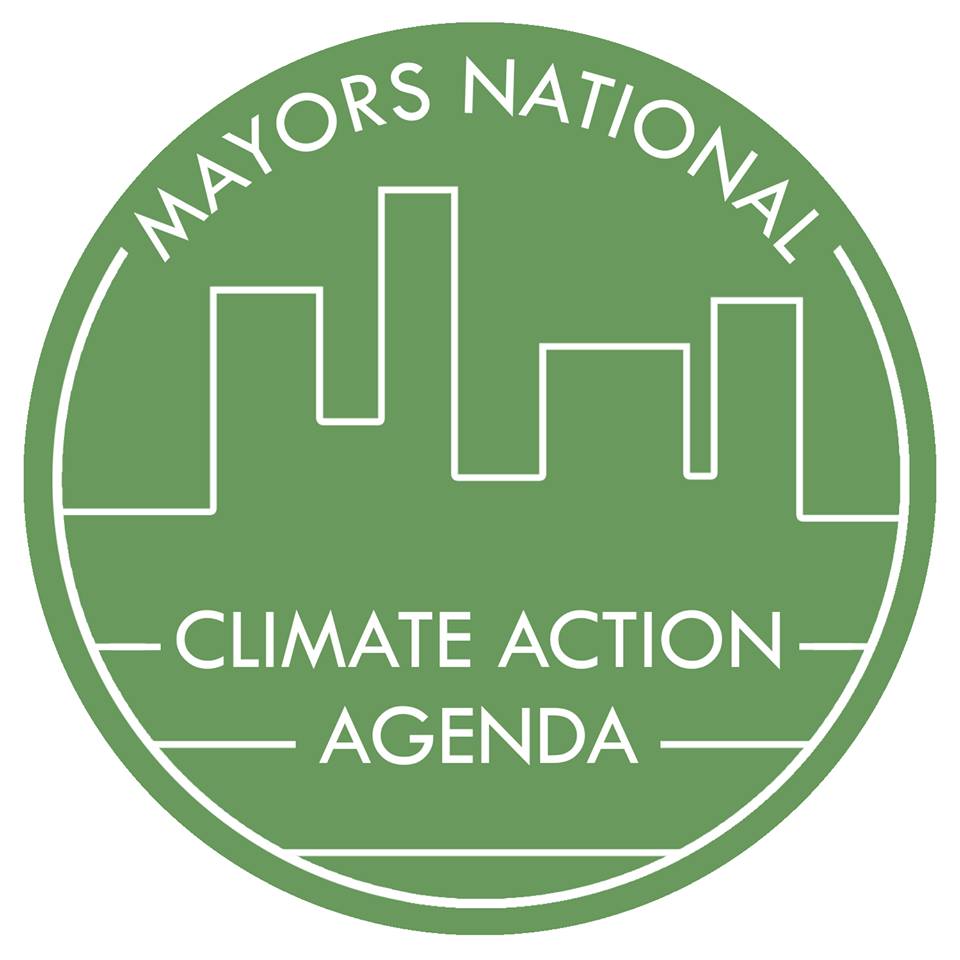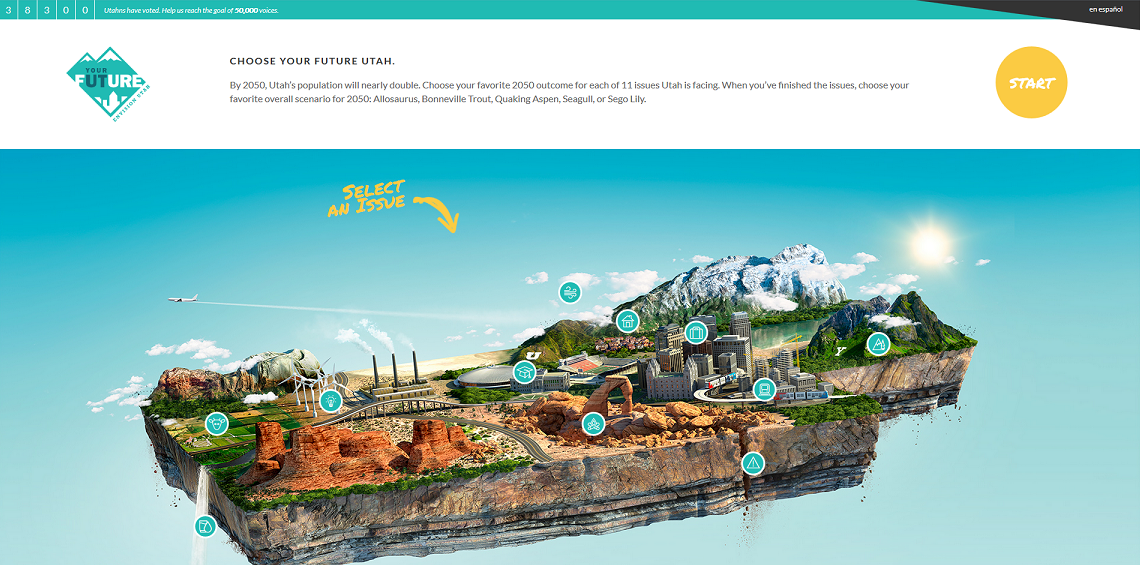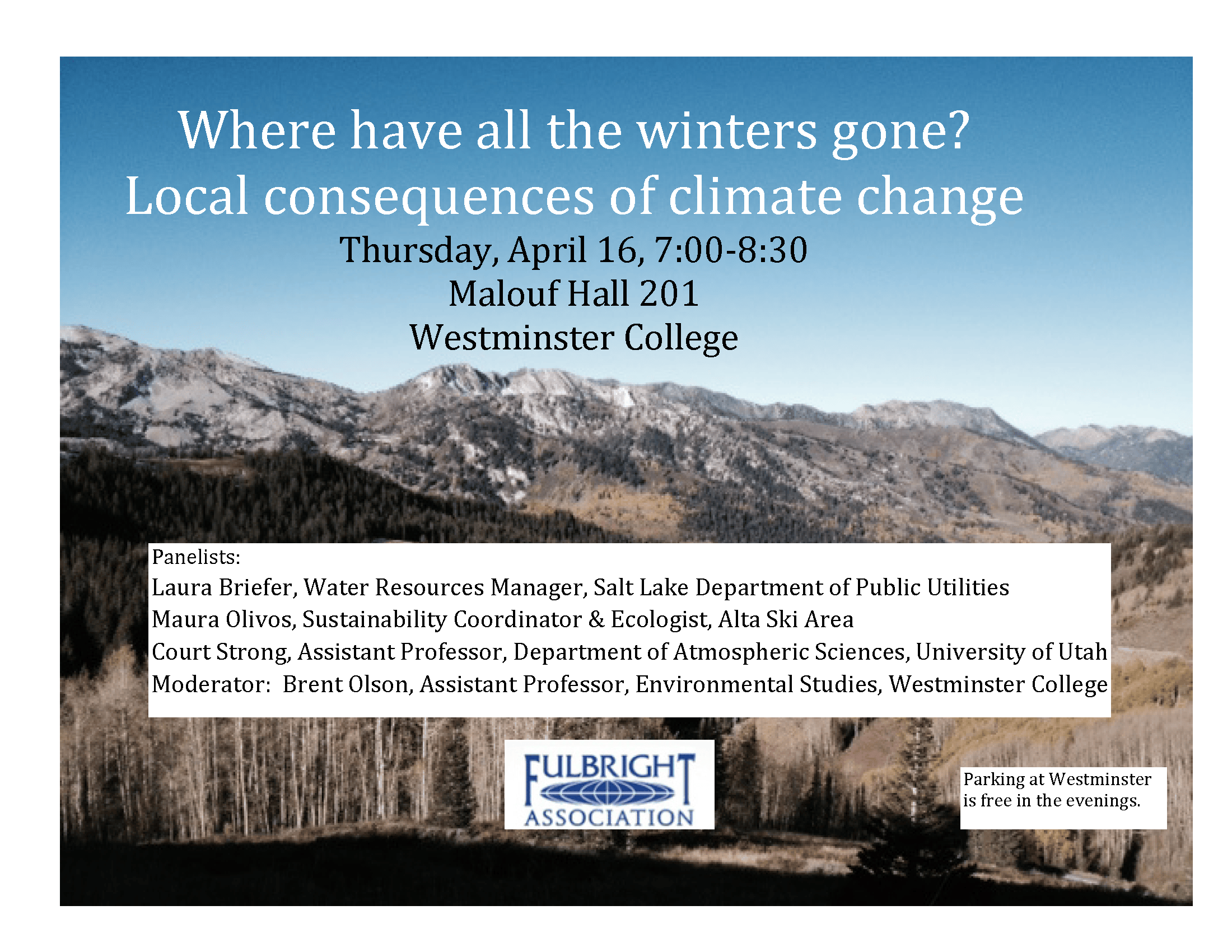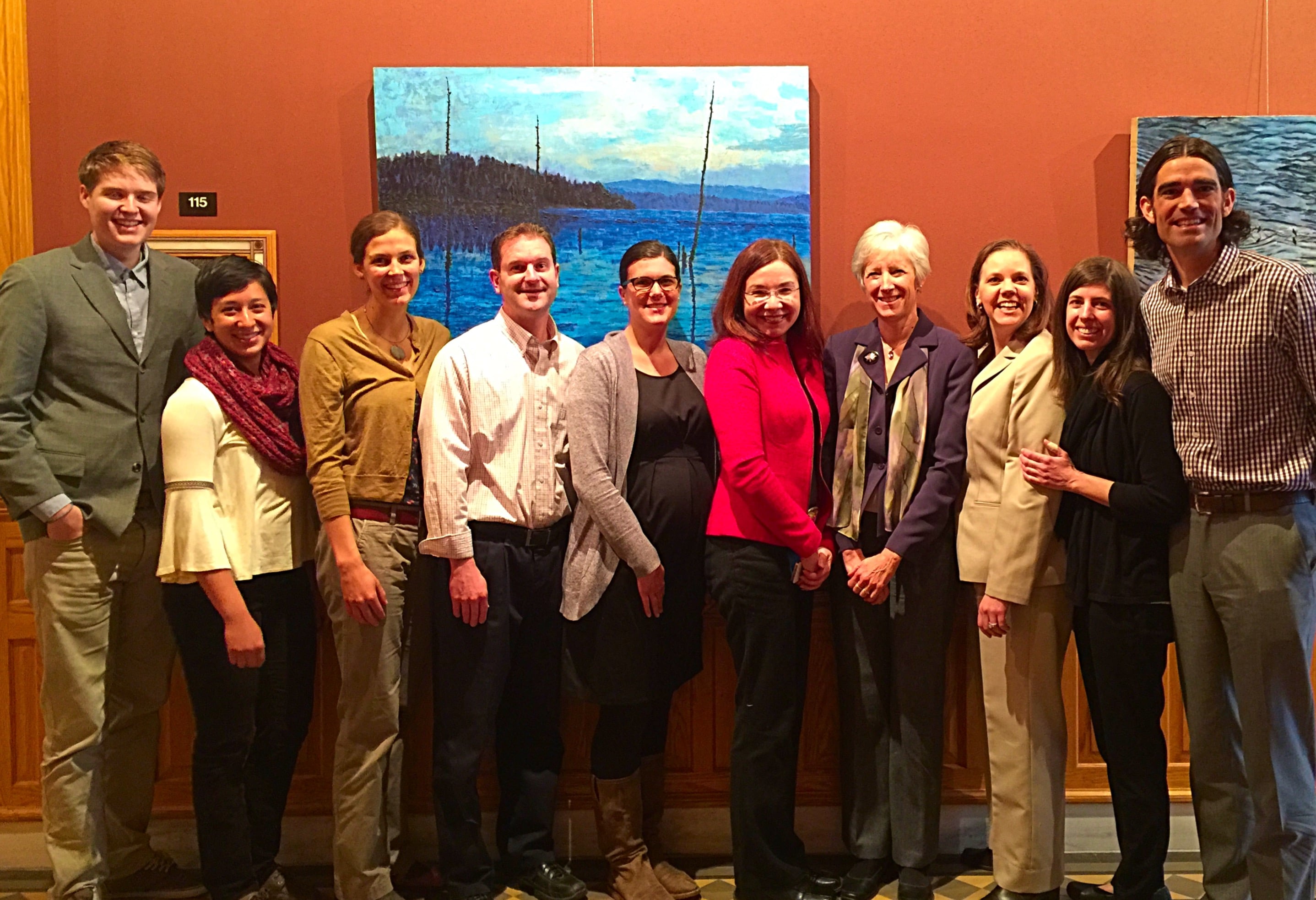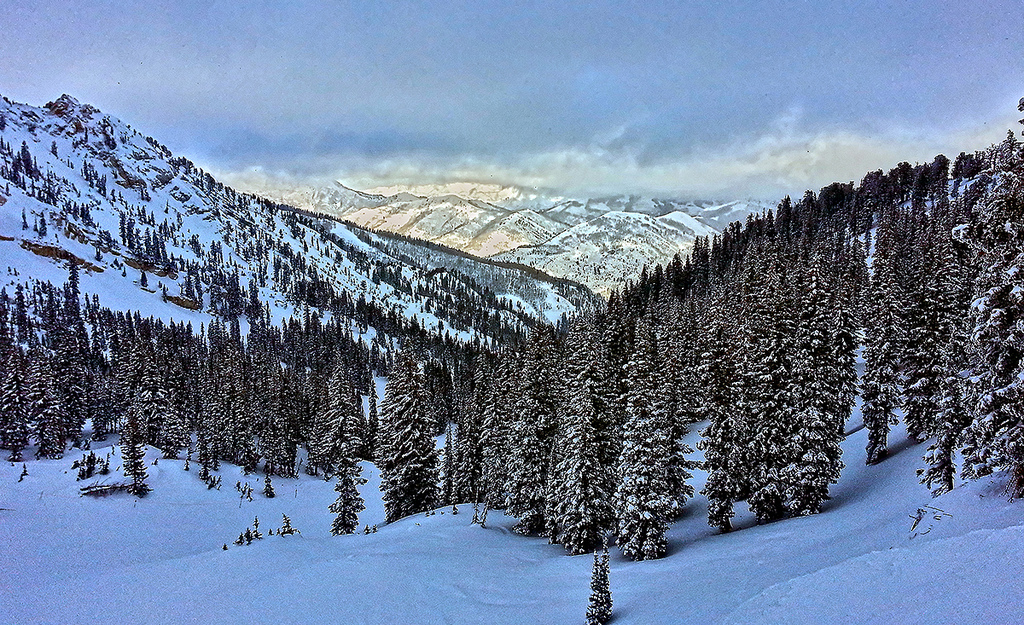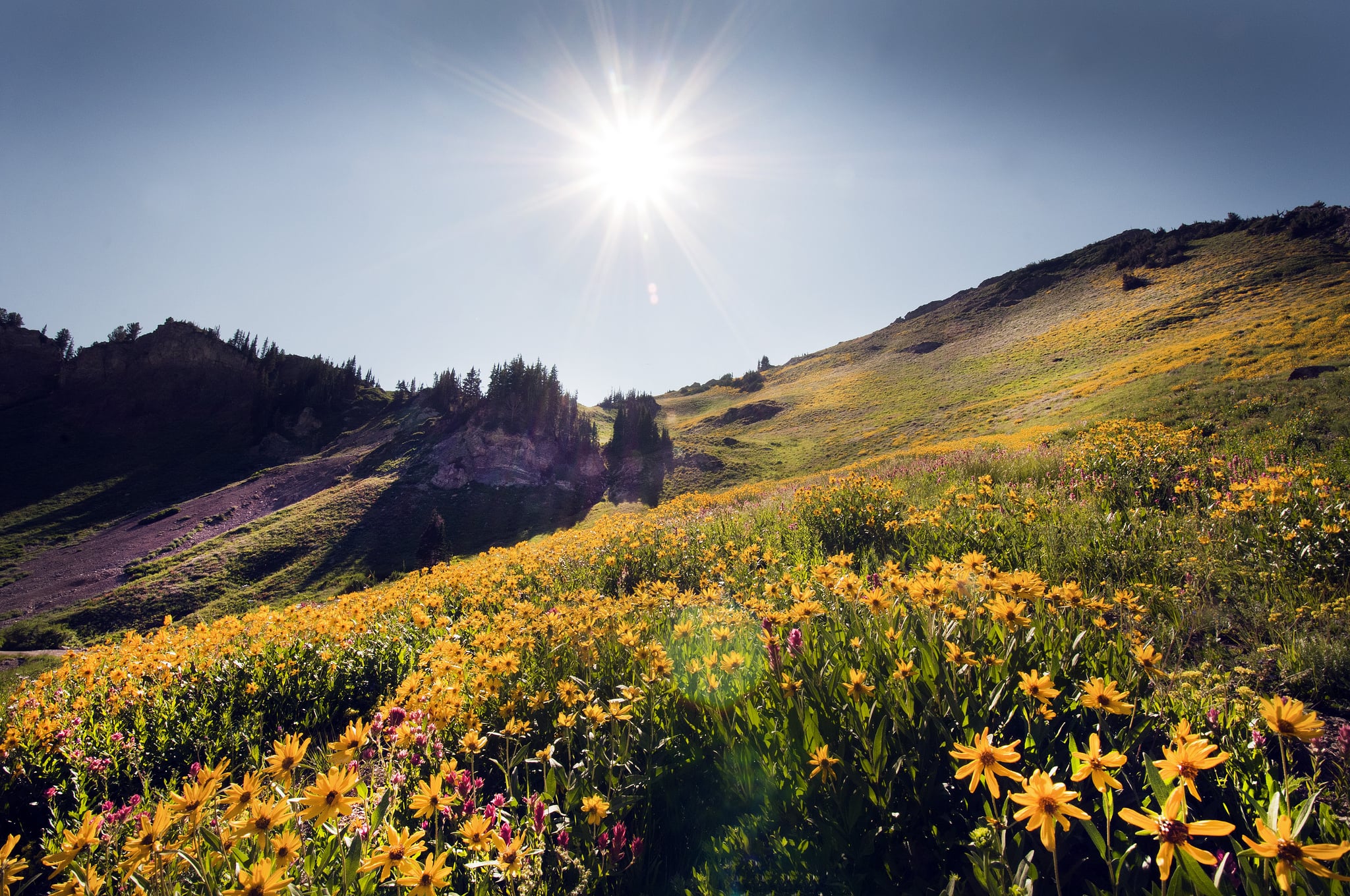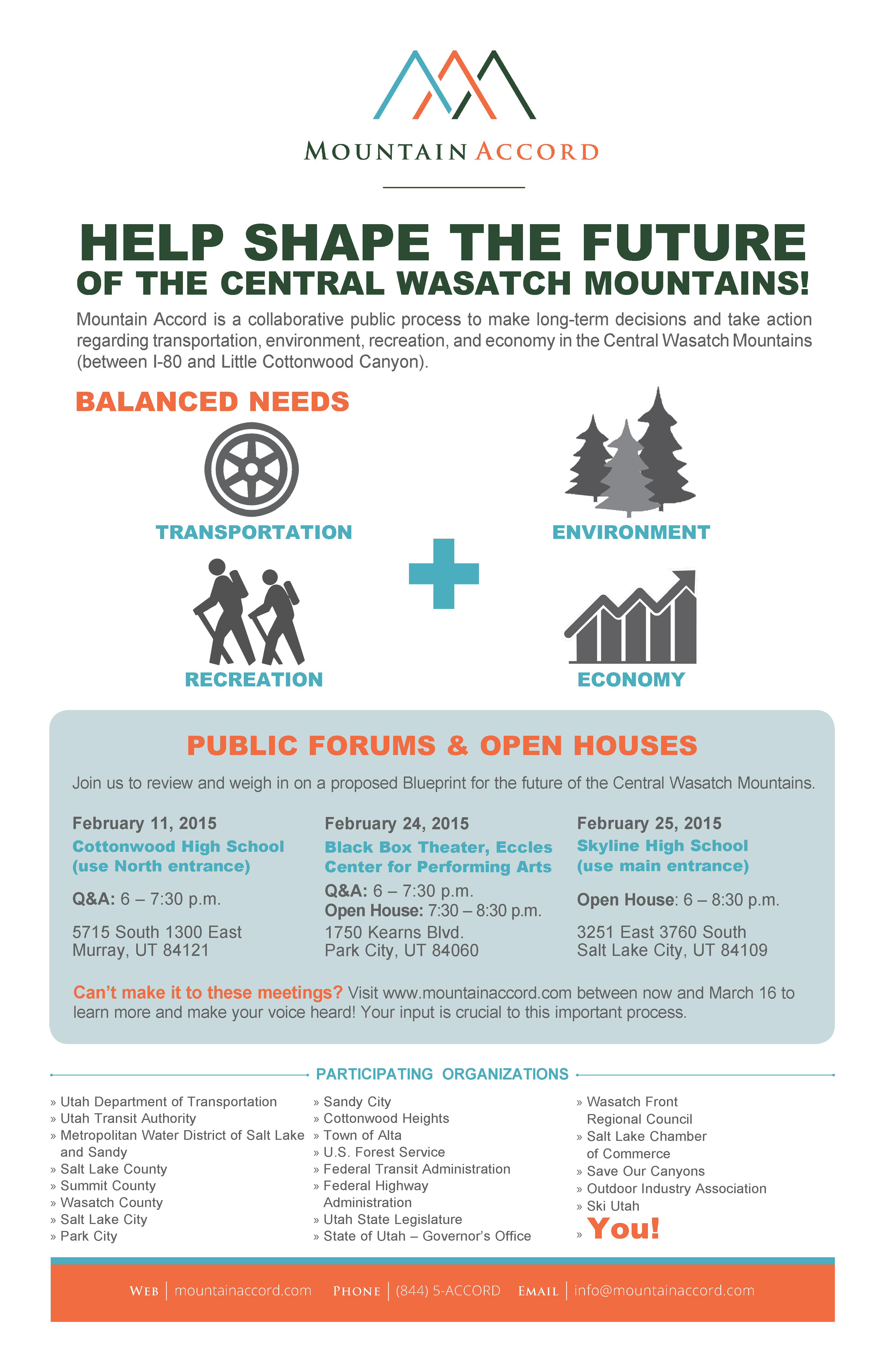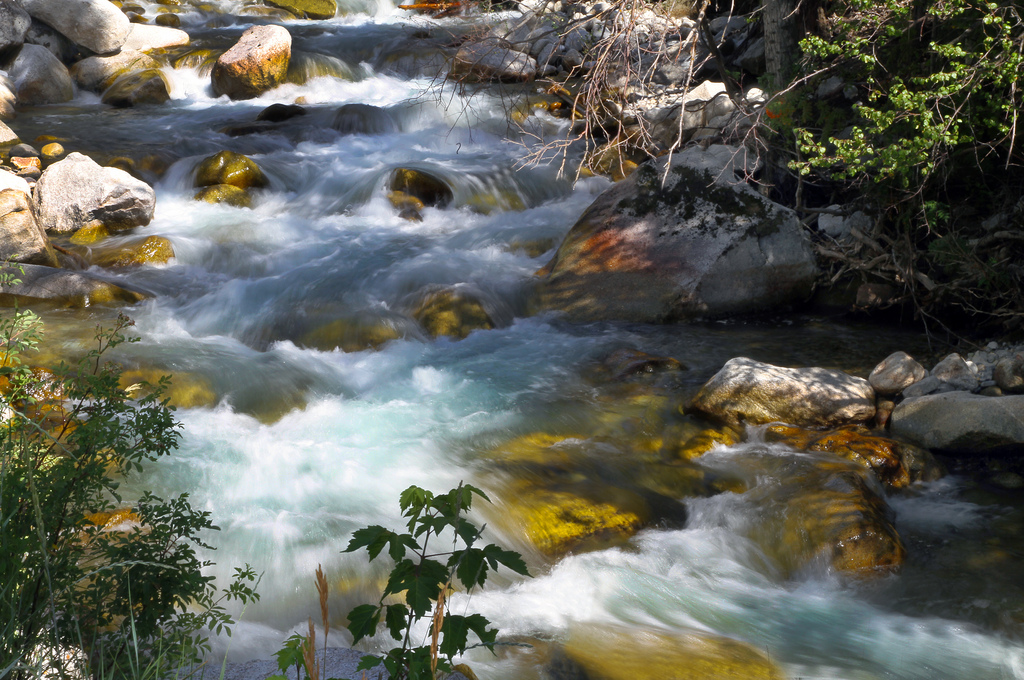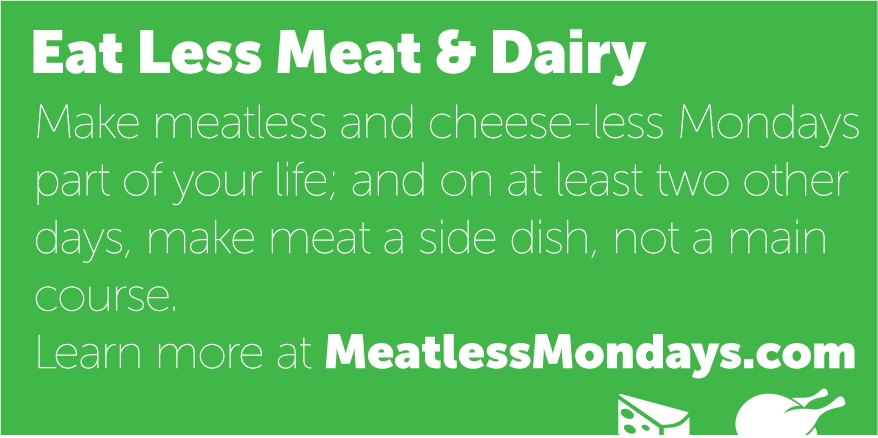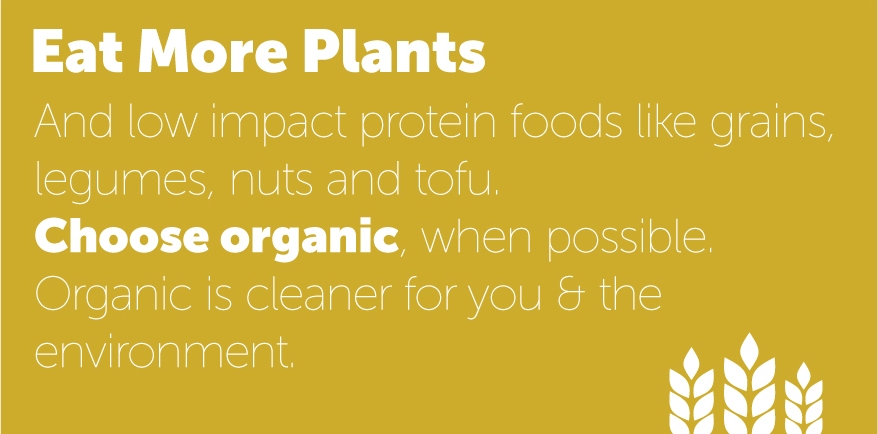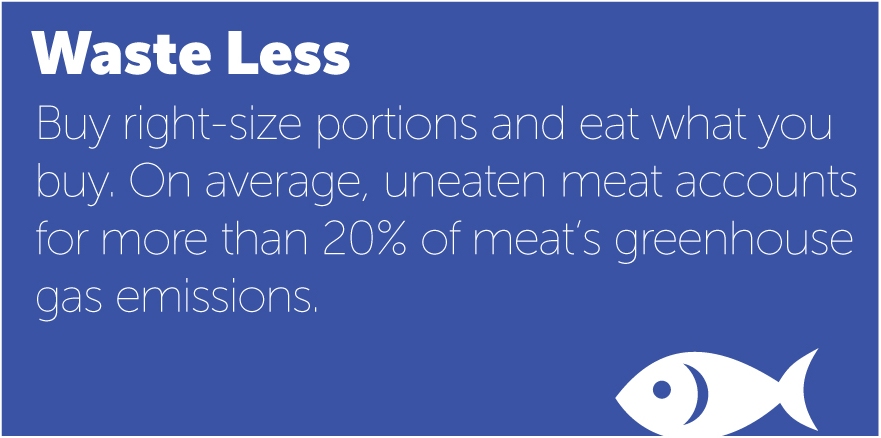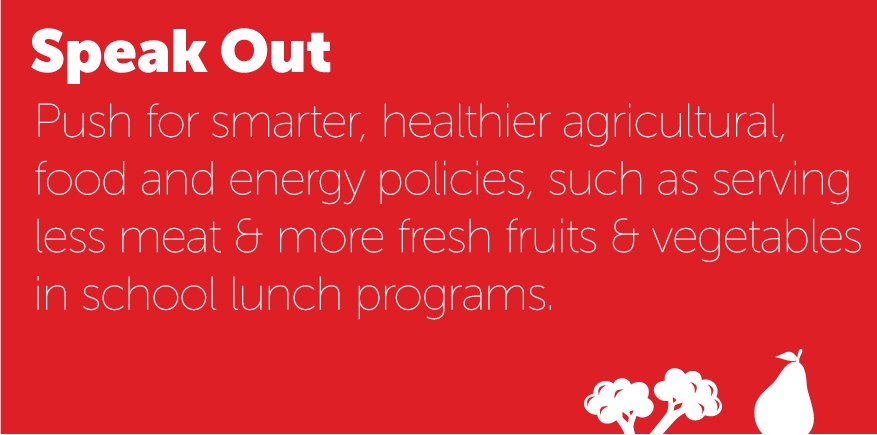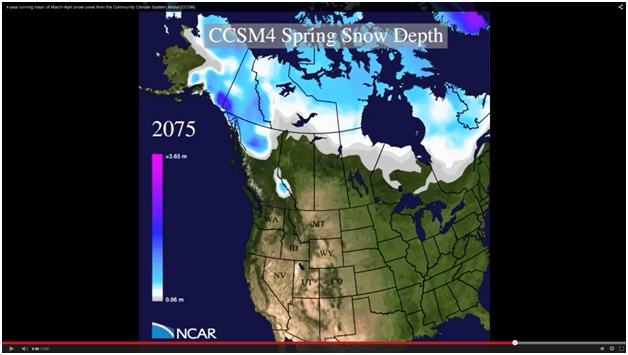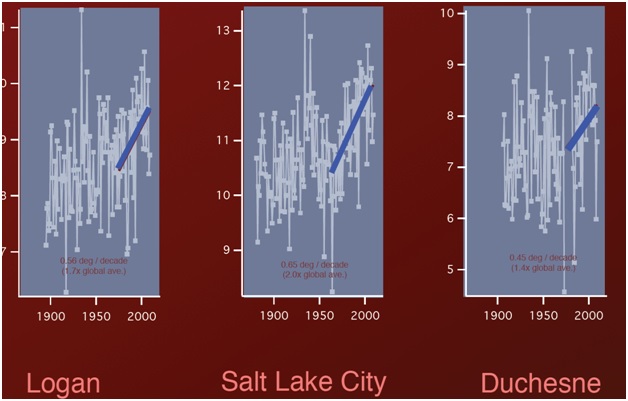
The legacy of the Central Wasatch Mountains, one of Utah’s most valuable resources, could be lost unless action is taken today.
Increasing population and visitation, sprawling development, congestion and a changing climate are putting more and more pressure on these mountains. Mountain Accord was established to make critical decisions designed to address these threats and ensure long-term vitality for generations to come.
After more than a year of researching, collaborating and considering public input,
Mountain Accord has released a proposed Blueprint for the Central Wasatch
that addresses and balances the future of environment, recreation, transportation and economy in the Central Wasatch and proposes specific actions to be made in each area. Now it’s up to you to weigh in on this proposal and help shape the future of the Central Wasatch.
Visit mountainaccord.com between now and March 16 to read the proposed Blueprint and answer a short questionnaire.
Additional opportunities for the public to learn and weigh in are listed below:
Proposed Blueprint Q&A
Wednesday, Feb. 11
6:00 – 7:30 p.m.
Cottonwood High School Auditorium (use north entrance)
5715 South 1300 East Murray, UT 84106
Proposed Blueprint Q&A and Open House*
Tuesday, Feb. 24
Q&A: 6:00 – 7:30 p.m.
Open House: 7:30 – 8:30 p.m.
Black Box Theater, Eccles Center for the Performing Arts
1750 Kearns Blvd., Park City, UT 84090
Proposed Blueprint Open House
Wednesday, Feb. 25
6:00 – 8:30 p.m.
Skyline High School Cafeteria (use main entrance)
3251 East 3760 South Salt Lake City, UT 84109
*Please note that the Park City event has been rescheduled from Feb. 10.
Comments may also be emailed to comment@mountainaccord.com or mailed to:
Mountain Accord
375 West 200 South, Ste. 275
Salt Lake City, UT 84101
Please take the time to share this post with your friends, family and co-workers. The future of the Central Wasatch is in your hands!

